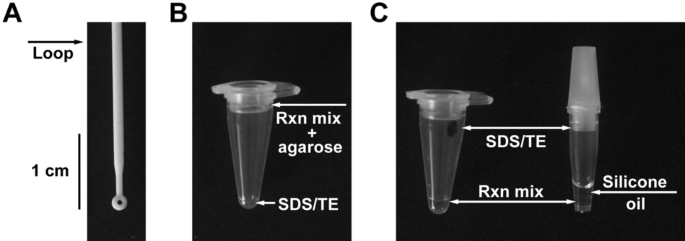UHの研究により、少数民族が医療へのアクセスに問題を抱えていることが判明 UH Study Finds Minorities Dealing with Access to Care Issues
2022-04-13 ヒューストン大学(UH)

・過去のデータによると、マイノリティは長い間、必要とする重要な医療サービスを受けるための障害に直面してきました。2年前にCOVID-19が登場したとき、遠隔医療は臨床サービスや診察のバーチャルな提供を通じて、より良いケアへのアクセスを約束するものとして登場したのです。
・ヒューストン大学医学部が主導し、Journal of General Internal Medicineに掲載された新しい研究によると、遠隔医療の急速な導入は、人々が期待したほどにはギャップを埋められなかったということです。
<関連情報>
- https://uh.edu/news-events/stories/2022-news-articles/april-2022/04122022-telemedicine-study.php
- https://link.springer.com/article/10.1007/s11606-021-07304-4
COVID-19パンデミック時の利用格差。連邦政府認定ヘルスケアセンターの診療所における遠隔医療利用の人種的・民族的格差 Utilization Gaps During the COVID-19 Pandemic: Racial and Ethnic Disparities in Telemedicine Uptake in Federally Qualified Health Center Clinics
Omolola E. Adepoju ,Minji Chae,Chinedum O. Ojinnaka, Sharonya Shetty &Tracy Angelocci
Journal of General Internal Medicine Published: 02 February 2022
DOI:https://doi.org/10.1007/s11606-021-07304-4
Abstract
Background
The Coronavirus Aid, Relief, and Economic Security (CARES) Act led to the rapid implementation of telemedicine across healthcare office settings. This innovation has the potential to improve healthcare use and ensure continuity of care. However, this delivery model could have an unintended consequence of worsening racial/ethnic disparities in healthcare utilization if adoption varies across sub-populations.
Objective
To examine associations between telemedicine use and race/ethnicity between 3/1/2020 and 11/30/2020, and the influence of other individual- and geographical-level factors on this relationship.
Design
Cohort study
Participants
EMR data from 55 clinics in a FQHC network
Main Measures
The dependent variable was visit type (in-person vs. telemedicine). Predictors of interest were patient race and ethnicity. To account for repeated visits within each patient nested within clinic, a three-level, mixed-effects, multivariable, logistic regression model was used. Subgroup analyses examined correlates of telemedicine use in African American and Hispanic cohorts, separately.
Key Results
The analytic sample included 233,302 visits for 67,733 unique patients. African Americans (OR = 0.65, 95% CI: 0.61, 0.69), Asians (OR = 0.58, 95% CI: 0.52, 0.65), and American Indians / Alaska Natives and other Pacific Islanders (OR = 0.82, 95% CI: 0.70, 0.98) were significantly less likely to use telemedicine compared to Whites. Hispanics were also less likely to have a telemedicine visit (OR = 0.49, 95% CI: 0.47, 0.51) compared to non-Hispanics. Nonacute visits were more likely to be conducted via telemedicine. Distance to clinic exhibited a dose-response relationship such that patients who lived farthest from the clinics were most likely to have telemedicine visits. In the subgroup analyses to examine predictors of telemedicine use, the dose-response relationship between distance from clinic and telemedicine use persisted, with increasing distance associated with increasing likelihood of telemedicine use, in both African American and Hispanic cohorts. Nonacute visits were associated with telemedicine use in the Hispanic cohort, but not in the Black / African American cohort.
Conclusion
Racial/ethnic disparities in telemedicine use persisted among this cohort. However, telemedicine improved utilization for African Americans and Hispanics living farther away from the clinic.


